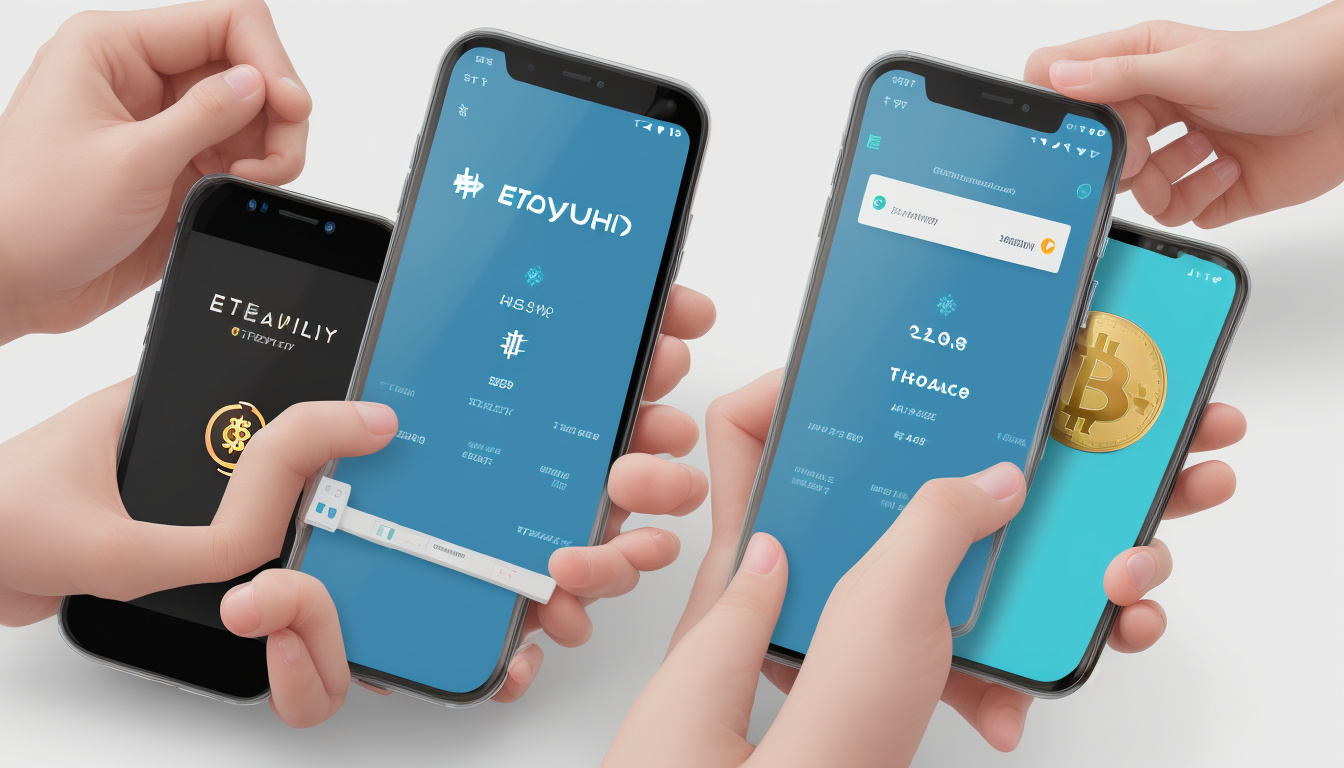In recent years, cryptocurrency payments grow fast. They change digital transactions now. Traditional systems depend on banks and middlemen. Cryptocurrencies remove those layers. They work decentralized, secure, and efficient. They reshape how businesses and consumers share value online. Digital currencies advance quickly. You need to know how these payments work and what impact they bring.
Understanding Cryptocurrency Payments
Cryptocurrency payments transfer digital money. Bitcoin, Ethereum, or stablecoins serve as the funds. Blockchain technology drives each move. This network verifies and shares records. It cuts out banks and intermediaries. Peers exchange directly. The structure boosts security. It lowers fraud risk and cuts fees. Transaction times also drop.
At its core, a public ledger—blockchain—logs all moves. The blockchain stays open and unchangeable. Nodes check every transaction. Cryptographic tools confirm funds move only once and by rightful users.
Key Benefits of Cryptocurrency Payments
Cryptocurrency payments offer clear benefits that differ from regular payments:
- Lower Transaction Fees: No middlemen mean fees drop more than credit card or wire transfer costs.
- Faster Transactions: Cross-border moves that take days now finish in minutes or seconds.
- Enhanced Security: A decentralized network stops hackers from altering transactions.
- Financial Inclusion: Cryptocurrencies let people without bank accounts or with unstable local money use finance.
- Transparency and Traceability: Every move prints on the blockchain so records remain open.
- Reduced Chargebacks: Payments stay fixed, which stops merchants from fearing fraud reversals.
How Businesses Are Adopting Cryptocurrency Payments
Many businesses now use cryptocurrency payments. They work in e-commerce, hotels, tech firms, and even real estate. These companies use crypto to face changing consumer needs and win a competitive edge.

Some use these methods:
- Direct Wallet-to-Wallet Transfers: Customers send digital money straight to a merchant’s wallet.
- Payment Gateways Integration: Third-party tools like BitPay or Coinbase Commerce help accept and convert crypto.
- Point of Sale (POS) Systems: Physical stores use POS setups that take cryptocurrency.
- Invoice Payments: Freelancers and service providers bill clients in cryptocurrency.
Such methods let businesses tap a growing crypto market. They improve cash flow and ease payment friction.
Challenges Facing Cryptocurrency Payments
Cryptocurrency payments shine with promise. Yet, challenges remain before they become standard:
- Volatility: Prices change fast. This makes pricing and settlements hard.
- Regulatory Uncertainty: Laws differ widely. That variation creates compliance risks.
- Scalability Issues: Some blockchains process many transactions slowly.
- User Experience: Digital wallets and private keys require tech know-how.
- Merchant Adoption: Many vendors worry about security and lack clear data.
New tools like stablecoins and layer-two fixes reduce these risks. They help make crypto payments more reliable.
The Future of Cryptocurrency Payments
Experts see cryptocurrency payments transform global transactions. They mix with new ideas like decentralized finance and NFTs. Cryptocurrencies add functions that traditional money cannot.
Watch these trends:
- Increased Integration with Financial Systems: Banks and processors test hybrid models that mix fiat and crypto.
- Central Bank Digital Currencies (CBDCs): Governments design digital cash. These may work alongside cryptocurrencies.
- Enhanced Privacy Features: Next-level cryptocurrencies guard privacy while meeting rules.
- Expansion of Merchant Acceptance: Better education and simpler tools coax more vendors into crypto.
A World Economic Forum report states that digital currencies and blockchain systems can reduce costs and boost financial inclusion.
How to Get Started with Cryptocurrency Payments
For those eager to use cryptocurrency payments, try these steps:
- Educate Yourself: Learn about cryptocurrencies, wallets, and blockchain.
- Choose a Digital Wallet: Pick a secure hardware or software wallet for your needs.
- Acquire Cryptocurrency: Buy digital money from trusted exchanges.
- Select a Payment Method: Businesses choose direct wallet transfers or use a payment gateway.
- Set Clear Policies: Create refund and pricing rules that consider crypto volatility.
- Promote Acceptance: Tell customers about your new crypto options.
- Stay Compliant: Watch local laws that impact cryptocurrency transactions.
Frequently Asked Questions About Cryptocurrency Payments
Q1: What benefits do cryptocurrency payments offer over traditional ones?
They process faster, cost less, ensure decentralization, and allow access for those without standard banking.
Q2: Are cryptocurrency payments safe for businesses and consumers?
Yes. The blockchain secures every transaction with decentralization and cryptographic checks. However, users must protect their digital keys and wallets.
Q3: Can cryptocurrency payments be used for international transfers?
Absolutely. They are borderless and generally faster and cheaper compared to wire transfers.
Conclusion: Embrace the Future of Payments Today
Cryptocurrency payments do more than follow a trend. They change digital transactions worldwide. They offer speed, security, cost savings, and greater financial access. Both individuals and businesses gain freedom and clear records. Whether you want to explore new payment options or innovate your business, start with cryptocurrency today. Get into the crypto world and join the revolution in commerce.
For reliable insights and further reading on the evolving payment ecosystem, visit the World Economic Forum’s digital currency report here.










